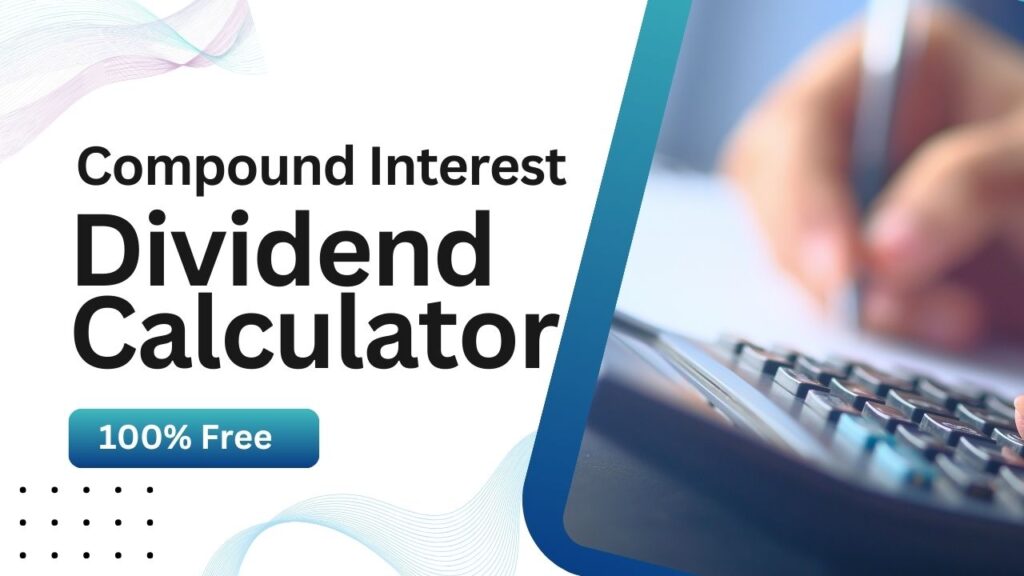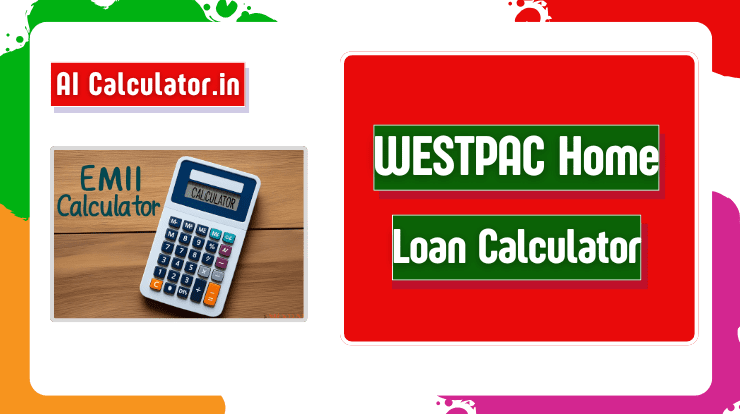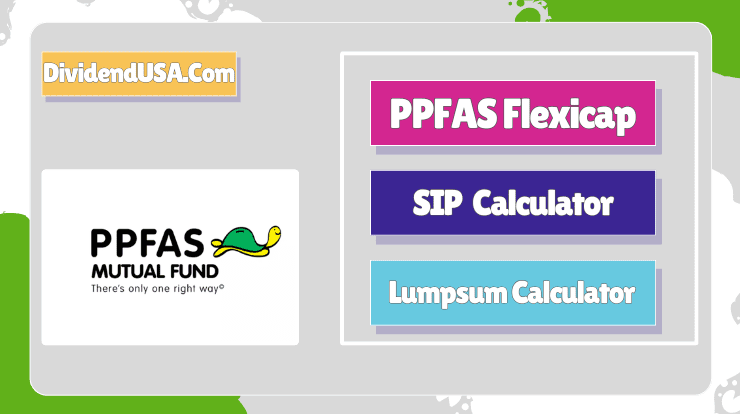Generate a professional and printable balance sheet for your business. Enter your details and values below.
Business Information
Assets
| Item Name | Amount (₹) | Action |
|---|---|---|
Liabilities
| Item Name | Amount (₹) | Action |
|---|---|---|
Owner’s Equity
| Item Name | Amount (₹) | Action |
|---|---|---|
Business Name
Business Address
Financial Year
Balance Sheet
Prepared By: Name
Designation: Role
Date: Auto Date
Financial Distribution
This balance sheet is system-generated and intended for informational or internal reporting purposes. For audited or certified financial statements, please consult a licensed accountant.
What is a Balance Sheet?
A balance sheet is one of the three fundamental financial statements used to assess a company’s financial position. Think of it as a financial snapshot of your business at a specific point in time – it shows what you own (assets), what you owe (liabilities), and what you’re worth (owner’s equity).
The Three Core Components of a Balance Sheet:
Assets: Everything your business owns that has value
- Current Assets (convertible to cash within 1 year)
- Fixed Assets (long-term investments)
- Intangible Assets (non-physical assets)
Liabilities: Everything your business owes to others
- Current Liabilities (due within 1 year)
- Long-term Liabilities (due after 1 year)
Owner’s Equity: The net worth of your business
- Owner’s Capital
- Retained Earnings
- Drawings
The Balance Sheet Formula: The Accounting Equation
The entire balance sheet revolves around one fundamental equation:
Assets = Liabilities + Owner's EquityThis equation must always balance – hence the name “balance sheet.” If your assets don’t equal the sum of your liabilities and equity, there’s an error in your financial records.
Why This Formula Matters:
- Financial Health Check: Shows if your business is properly funded
- Investment Decisions: Helps investors understand your company’s structure
- Loan Applications: Banks use it to assess creditworthiness
- Business Valuation: Determines your company’s net worth
Free Automatic Balance Sheet Generator: Revolutionising Financial Reporting
Our Automatic Balance Sheet Generator is a powerful web-based tool that eliminates the complexity of creating professional balance sheets. Designed for business owners, accountants, and entrepreneurs, this tool automates the entire process while ensuring accuracy and compliance.
Who Needs This Tool?
- Small Business Owners
- Freelancers and Consultants
- Startup Founders
- Accounting Students
- Non-profit Organizations
- E-commerce Businesses
Step-by-Step Guide: How to Use Our Balance Sheet Generator
Step 1: Enter Business Information
- Fill in your business/organisation name
- Add the financial year or specific date
- Include business address (optional)
- Specify who prepared the statement
Step 2: Input Your Assets
- Click “Add Row” to include multiple asset items
- Common assets: Cash, Accounts Receivable, Inventory, Equipment
- The tool automatically calculates your total assets
Step 3: List Your Liabilities
- Add current and long-term liabilities
- Examples: Loans, Accounts Payable, Credit Card Debt
- Watch the real-time total update
Step 4: Enter Owner’s Equity
- Include owner’s capital contributions
- Add retained earnings from previous periods
- The tool ensures the balance sheet balances
Step 5: Generate & Download
- Review the automatic balance check
- Download as PDF for professional presentation
- Print directly for physical records
Balance Sheet Items Explained: What to Include in Each Section
Assets: What Your Business Owns
Current Assets (Liquid within 1 year):
- Cash: Physical currency and bank balances
- Accounts Receivable: Money owed by customers
- Inventory: Goods available for sale
- Prepaid Expenses: Payments made in advance
- Marketable Securities: Short-term investments
Fixed Assets (Long-term resources):
- Property & Equipment: Land, buildings, machinery
- Vehicles: Company cars, trucks, equipment
- Furniture & Fixtures: Office furniture, shelves
- Computers & Technology: Hardware, software systems
Intangible Assets (Non-physical assets):
- Patents: Legal protection for inventions
- Trademarks: Brand names, logos
- Goodwill: Business reputation value
- Copyrights: Intellectual property rights
Liabilities: What Your Business Owes
Current Liabilities (Due within 1 year):
- Accounts Payable: Money owed to suppliers
- Short-term Loans: Bank loans due soon
- Accrued Expenses: Wages, taxes payable
- Credit Card Debt: Outstanding credit balances
- Unearned Revenue: Payments received for future services
Long-term Liabilities (Due after 1 year):
- Mortgages: Property loans
- Business Loans: Long-term financing
- Bonds Payable: Corporate debt instruments
- Lease Obligations: Long-term rental agreements
Owner’s Equity: Your Business’s Net Worth
Capital Components:
- Owner’s Capital: Initial and additional investments
- Retained Earnings: Cumulative profits reinvested
- Common Stock: Equity from shareholders
- Preferred Stock: Priority equity investments
- Drawings: Owner withdrawals from the business
Sample Balance Sheet Example: Tech Solutions Inc.
Business: Tech Solutions Inc.
Financial Year: FY 2023-24
Prepared By: Rajesh Kumar, Finance Manager
Assets
- Cash: ₹500,000
- Accounts Receivable: ₹750,000
- Inventory: ₹600,000
- Equipment: ₹1,200,000
- Buildings: ₹2,500,000
- Total Assets: ₹5,550,000
Liabilities & Equity
- Accounts Payable: ₹450,000
- Short-term Loans: ₹300,000
- Long-term Debt: ₹1,500,000
- Owner’s Capital: ₹2,500,000
- Retained Earnings: ₹800,000
- Total Liabilities & Equity: ₹5,550,000
Status: ✅ Balanced
Key Features of Our Automatic Balance Sheet Generator
1. Smart Automation
- Real-time Calculations: Automatic totalling and balance checks
- Live Previews: Instant visual representation
- Auto-formatting: Professional layout without manual work
2. User-Friendly Design
- Responsive Layout: Works perfectly on desktop and mobile
- Collapsible Sections: Organised, clutter-free interface
- Intuitive Controls: Easy add/remove item functionality
3. Professional Output
- PDF Export: Print-ready documents
- CSV Data Export: Compatible with accounting software
- Professional Styling: Legal document appearance
4. Advanced Functionality
- Sample Data Loading: Learn with pre-filled examples
- Balance Validation: Automatic error detection
- Visual Charts: Pie chart for financial distribution
- Multiple Scenarios: Test different financial situations
Frequently Asked Questions
Q1: What happens if my balance sheet doesn’t balance?
Ans: If Assets ≠ Liabilities + Equity, there’s likely an error in:
- Missing transactions
- Incorrect amounts entered
- Mathematical calculation errors
- Omitted assets or liabilities
Our tool automatically detects imbalances and shows the difference amount.
Q2: How often should I prepare a balance sheet?
- Monthly: For active business management
- Quarterly: For regular performance reviews
- Annually: For tax purposes and formal reporting
Q3: Can I use this for personal finance?
Ans: Absolutely! While designed for businesses, you can adapt it for personal net worth statements by treating personal assets and debts accordingly.
Q4: Is the generated balance sheet legally acceptable?
Ans: Our tool produces professionally formatted balance sheets suitable for:
- Internal business decisions
- Loan applications
- Investor presentations
- Basic financial reporting
For audited financial statements, consult a certified accountant.
Q5: What’s the difference between balance sheet and income statement?
- Balance Sheet: Snapshot at a point in time (assets, liabilities, equity)
- Income Statement: Performance over a period (revenue, expenses, profit)
Q6: How do I handle depreciation in assets?
Ans: For fixed assets, you can either:
- List net value (cost minus accumulated depreciation)
- Show separate lines for cost and depreciation
Q7: Can I save and edit my balance sheets later?
Ans: While the tool doesn’t automatically save data, you can:
- Download PDF copies for records
- Use CSV export to save data externally
- Bookmark the page with data entered
Q8: What if I have multiple owners or partners?
Ans: Include all ownership interests under “Owner’s Equity” with separate lines for each partner’s capital account.
Q9: How do intangible assets affect my balance sheet?
Ans: Intangible assets like patents and trademarks increase your company’s value but require proper valuation. Include them at cost or fair market value.
Q10: Can this tool handle foreign currencies?
Currently, the tool uses Indian Rupees (₹), but you can mentally convert amounts and use the same numerical values for other currencies.
Why Choose Our Automatic Balance Sheet Generator?
✅ Completely Free
No hidden costs, subscriptions, or limitations. Access all features without registration.
✅ Time-Saving Efficiency
Create professional balance sheets in minutes instead of hours. Focus on your business while we handle the calculations.
✅ Error Elimination
Automatic validation and balancing prevent common accounting mistakes that can cost businesses significantly.
✅ Professional Quality
Generate documents that impress banks, investors, and stakeholders with clean, professional formatting.
✅ Educational Value
Perfect for accounting students and new business owners to understand balance sheet principles through practical application.
✅ Always Accessible
Cloud-based tool available 24/7 from any device with internet connection. No software installation required.
Start Using Our Free Balance Sheet Generator Today!
Ready to transform your financial reporting? Our Automatic Balance Sheet Generator is waiting to simplify your accounting processes. Whether you’re a seasoned accountant or a first-time business owner, this tool makes professional financial reporting accessible to everyone.
Try it now above – no registration required! Create your first balance sheet in under 5 minutes and experience the power of automated financial reporting.
Disclaimer: This balance sheet generator is intended for informational and internal business purposes. For certified financial statements and audited reports, please consult with a qualified accounting professional. The tool provides accurate calculations based on input data but doesn’t replace professional financial advice.




